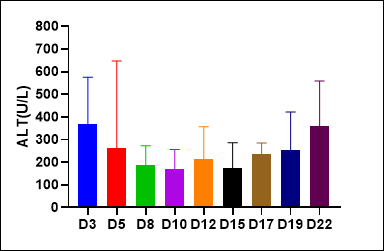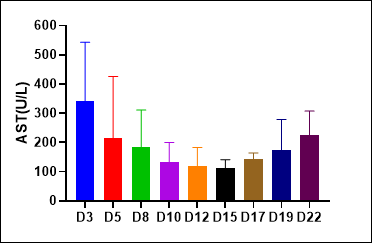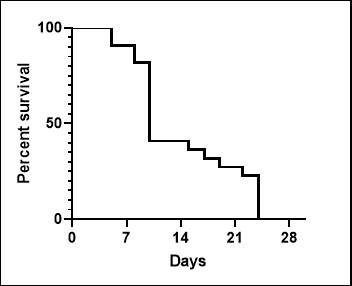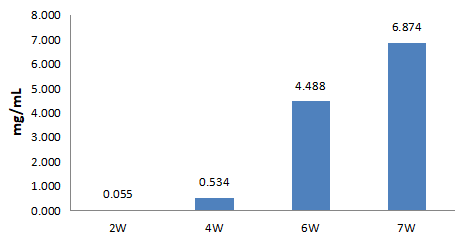General Information
Strain Name | NOD.Cg-Fahem1Prkdcscid Il2rgtm1/Vst |
Common Name | NPG-Fah;NPG-Fah-/- |
Origin | Beijing Vitalstar Biotechnology Co., Ltd. |
Background | NPG |
Coat color | Albino |
Edited Gene | Fah |
Development
The NPG-Fah knockout mouse is one of a series of liver injury immunodeficiency mouse models independently developed by Vitonda.
The mouse Fah gene is located on chromosome 7, and CRISPR-Cas9 technology was used to edit exon 1 of the Fah gene to produce indel causing a code-shift mutation, thus realizing the knockout of this gene in NPG mice.The deletion of the Fah gene results in the accumulation of toxic metabolites of tyrosine in hepatocytes, which leads to extensive and sustained liver damage, and without exogenous drugs or feeds, the hepatocytes will gradually become completely necrotic, which gives way to the complete reconstruction of human-derived hepatocytes in mice. Without control of exogenous drugs or feed, hepatocytes gradually become completely necrotic, which provides an opportunity for complete reconstruction of the mouse liver by human-derived hepatocytes.Fah-deficient mice can be maintained in normal survival by daily administration of NTBC drugs, which is accomplished by withdrawal of the drug when liver injury is required.
Thus, the NPG-Fah-/- mouse is an inducible model of liver injury; at the same time, this mouse possesses the NOD background of highly immunized NPG-deficient mice, which supports the co-reconstruction of the human-derived liver and hematopoietic/immune system.
Phenotype
1. Analysis of liver injury status and survival



Fig1. serology and survival analysis of NPG- Fah KO liver-injured mice
2. Peripheral Blood Human Albumin Test

Fig 2. peripheral blood human albumin assay in Hu-NPG-Fah KO mice
Serum human albumin content of NPG-Fah KO mice transplanted with human hepatocytes was measured by ELISA, and the above figure shows the human Alb content at 2 w, 4 w, 6 w, and 7 w postoperatively, which shows that at 6 w post-transplantation, the human albumin content of humanized NPG-Fah knockout mice can reach more than 4 mg.
NPG-Fah KO Mice Applications
1. NPG-Fah KO mice can be humanized for human-specific liver disease, drug safety assessment and human-specific liver metabolism enzyme-related studies.
2. HBV, HCV infection and antiviral activity signaling pathway studies.
3. Drug metabolism, pharmacokinetics and efficacy studies.
4. Stem cell research
5. Gene therapy
References
1. Azuma, H. et al. Robust expansion of human hepatocytes in Fah-/-/Rag2-/-/Il2rg-/- mice. Nature biotechnology. 2007, 25, 903-910.
2. Xijun Song, Yushan Guo, Shuguang Duo, et al. A Mouse Model of Inducible Liver Injury Caused by Tet-On Regulated Urokinase for Studies of Hepatocyte Transplantation.The American Journal of Pathology. 2009, 175(5):1975-1983.
3. Foquet L, Wilson EM, Verhoye L, et al. Successful Engraftment of Human Hepatocytes in uPA-SCID and FRG® KO Mice. Methods Mol Biol. 2017, 1506:117-130.

 animalmodel@vital-bj.com
animalmodel@vital-bj.com +8610-84928167
+8610-84928167